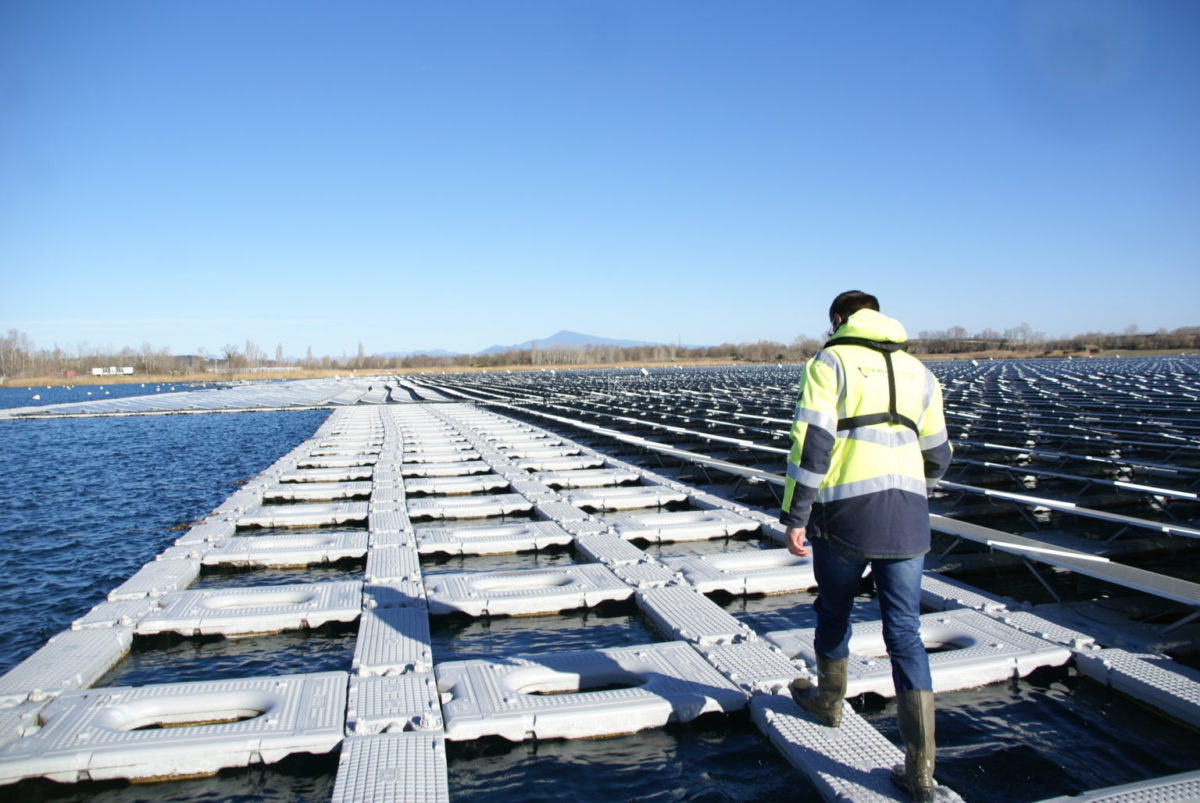From pv magazine France
The Commission de régulation de l'énergie (CRE) , France's energy regulator, has published an updated version of all specifications of the “CRE4” and “PPE2” renewable energy tenders.
The new specifications include regulatory changes announced earlier this summer by the government. They will facilitate faster deployment of renewable energy facilities across the country. In total, the changes concern 17 specifications for different renewable energy sources, 13 of which relate to solar tenders, in mainland France or in non-interconnected areas. The changes apply to ground-mount and rooftop projects, as well as self-consumption arrays and installations without storage.
The project portfolio contains around 6.1 GW of renewable energy capacity at different stages of development and operation, including 3.4 GW of wind power and 2.7 GW of solar. The winners of the tenders will be able to take advantage of these arrangements, provided that they make a request to the French Ministry of Ecology, Energy, Sustainable Development and Spatial Planning from Sept. 1.
“The general objective of these modifications is to enable producers to absorb part of the increase in costs and prices, in particular by selling their power production on the market,” the CRE said in a press release.
The authorities have published a list of the solar tenders, arranged according to the type of installation:
- Installations de production d’électricité à partir de l’énergie solaire « Centrales au sol »
- Installations de production d’électricité à partir de l’énergie solaire « Centrales sur bâtiments, serres et hangars agricoles et ombrières de parking de puissance comprise entre 100 kWc et 8 MWc »
- Installations de production d’électricité innovantes à partir de l’énergie solaire
- Installations de production d’électricité innovantes à partir de l’énergie solaire sans dispositifs de stockage
- Installations de production d’électricité à partir d’énergies renouvelables en autoconsommation et situées en métropole continentale
- Installations de production d’électricité à partir de techniques de conversion du rayonnement solaire d’une puissance supérieure à 100 kWc et situées dans les zones non interconnectées
- Installations de production d’électricité à partir de l’énergie solaire et situées dans les zones non interconnectées
- Installations de production d’électricité à partir d’énergies renouvelables en autoconsommation et situées dans les zones non interconnectées
- Installations de production d’électricité à partir d’énergies renouvelables en autoconsommation et situées dans les zones non interconnectées
- Installations de production d’électricité à partir de l’énergie solaire « transition énergétique du territoire de Fessenheim »
- Installations de production d’électricité à partir de l’énergie solaire « Centrales au sol »
- Installations de production d’électricité à partir d’énergie solaire photovoltaïque ou éolienne situées en métropole continentale
- Installations de production d’électricité à partir de l’énergie solaire « Centrales sur bâtiments, serres et hangars agricoles et ombrières de parking de puissance supérieure à 500 kWc »
This content is protected by copyright and may not be reused. If you want to cooperate with us and would like to reuse some of our content, please contact: editors@pv-magazine.com.




By submitting this form you agree to pv magazine using your data for the purposes of publishing your comment.
Your personal data will only be disclosed or otherwise transmitted to third parties for the purposes of spam filtering or if this is necessary for technical maintenance of the website. Any other transfer to third parties will not take place unless this is justified on the basis of applicable data protection regulations or if pv magazine is legally obliged to do so.
You may revoke this consent at any time with effect for the future, in which case your personal data will be deleted immediately. Otherwise, your data will be deleted if pv magazine has processed your request or the purpose of data storage is fulfilled.
Further information on data privacy can be found in our Data Protection Policy.